While ethnographers and the data they produce already play a role in affecting industry practices, there is potential to integrate anthropological ways of seeing and knowing into a shared transdisciplinary...
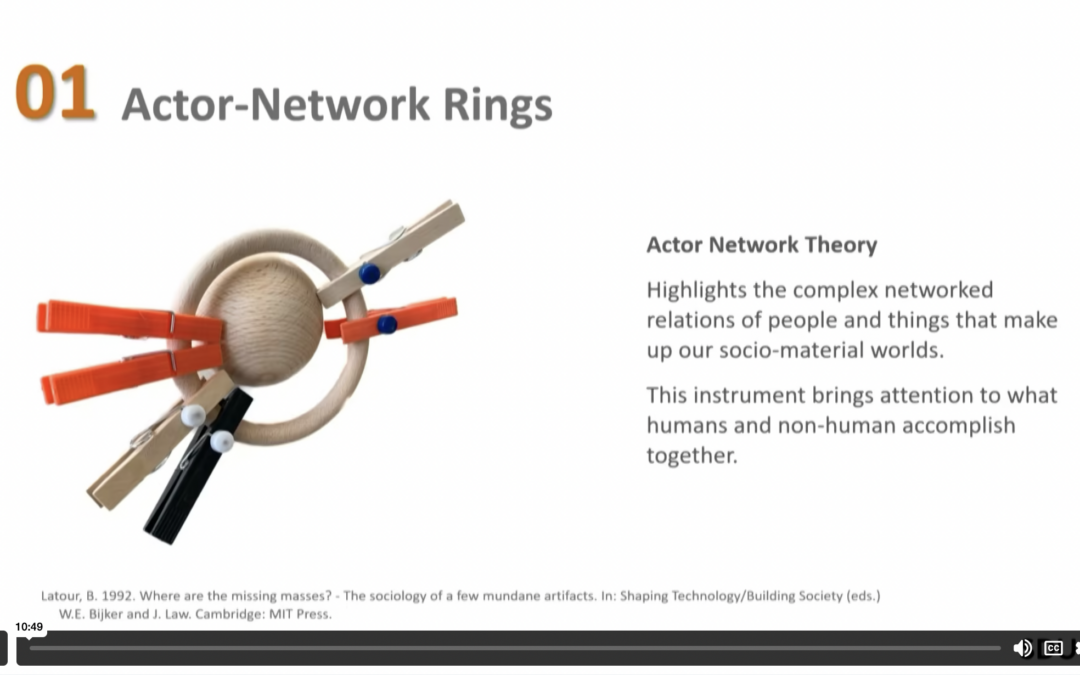

While ethnographers and the data they produce already play a role in affecting industry practices, there is potential to integrate anthropological ways of seeing and knowing into a shared transdisciplinary...
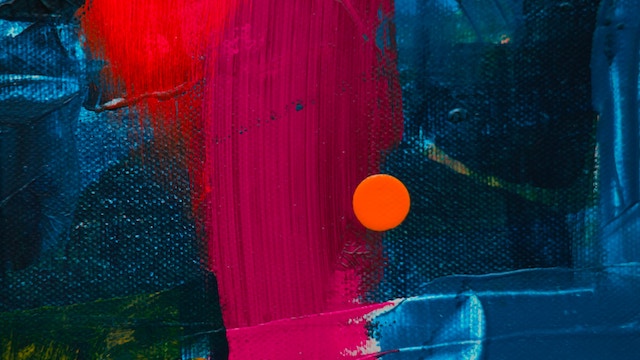
This paper illustrates how the concept of “Human API” can help post-treatment cancer patients with challenges they face once they are released from the hospital. The results and implications of this semester long graduate project will help illuminate how the Human API through its various data...
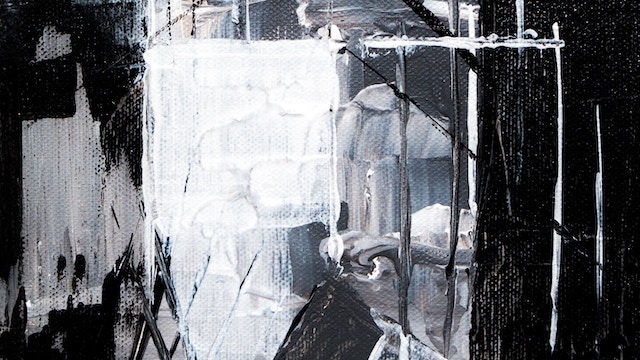
This study offers practical solutions to ongoing issues of trust and accountability in AI, highlighting how AI...
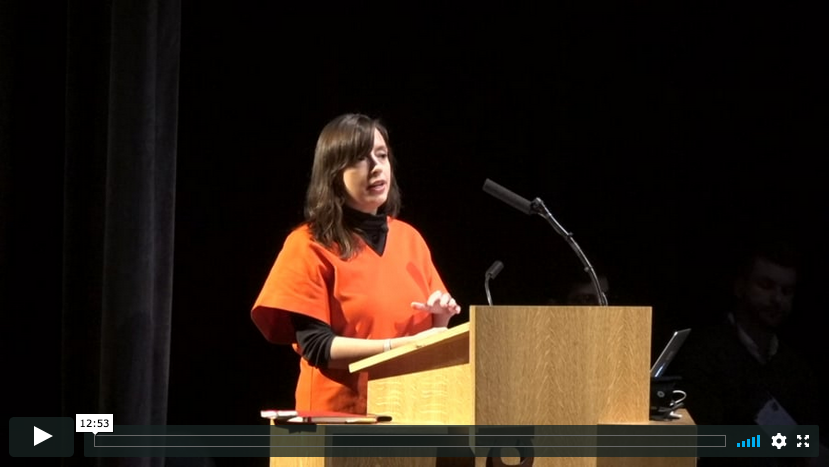
Three service design projects, in hospitality, finance, and health care, highlight how to design for agency in the workplace, including the implementation of automated and data-driven tools. Inspired by Tacchi, Slater, and Hearn's work on ethnographic action research, Amartya Sen's capabilities...

This case study on mobility in health care demonstrates how ethnography and design research helped Intel meet the business challenge of redressing market share. Ethnography enabled the team to assess the interplay between mobile devices and other hospital technologies, understand how they fit...

I Don’t Know What To Do… The moment she heard the beep come through her headset, Tess switched gears immediately. Moments earlier, she’d just wrapped up a non-emergency 101 call with a man who had found himself face to face with a weasel in his back garden. She and her colleagues had been shaking...
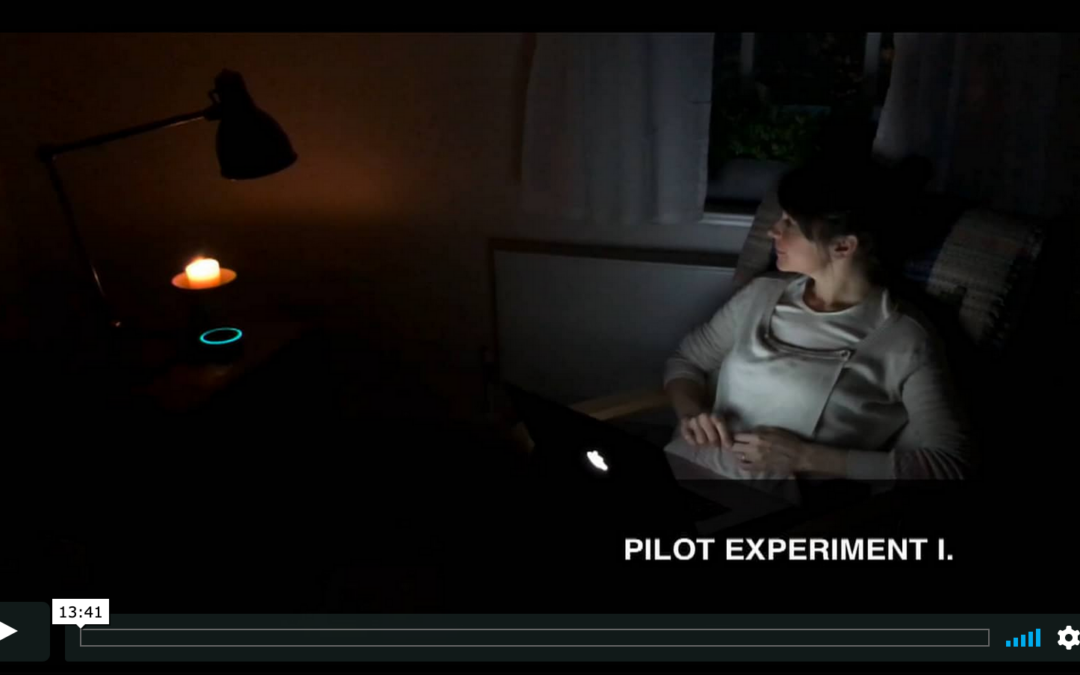
This paper describes an experiment, designed and developed with the ultimate aim of fostering low-pollution and low-carbon social innovation. It offers an evidence-based practical alternative to conventional, technological approaches and narratives of smart cities aimed at sensing air pollution...
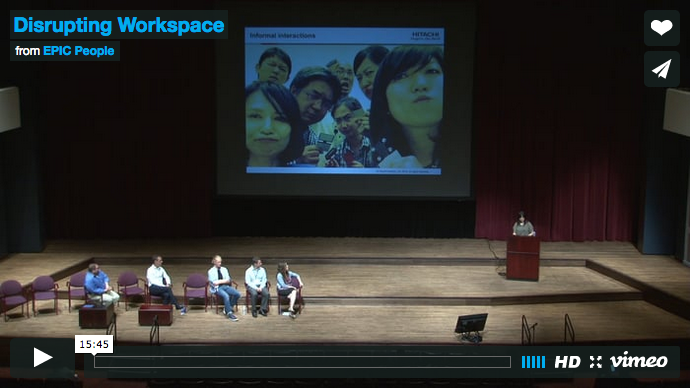
Case Study—Hitachi America's R&D, comprised of five technical laboratories, opened the Center for Social Innovation in January, 2016. When the new office project emerged, the R&D group used the opportunity to reflect on and strengthen collaborative practices, organizational culture, and...

For most businesses, group work is the way in which ideas are given voice. In this study, ethnographic research was conducted to explore group work and the environments in which it occurs. The research provides context for architects and designers who are conceiving improvements or reinventing the...

Reducing home energy use is a major societal challenge, involving behaviour change alongside infrastructure improvements. However, many approaches lump ‘energy demand’ together as something homogeneous, addressable primarily through quantitative feedback, rather than basing interventions on...